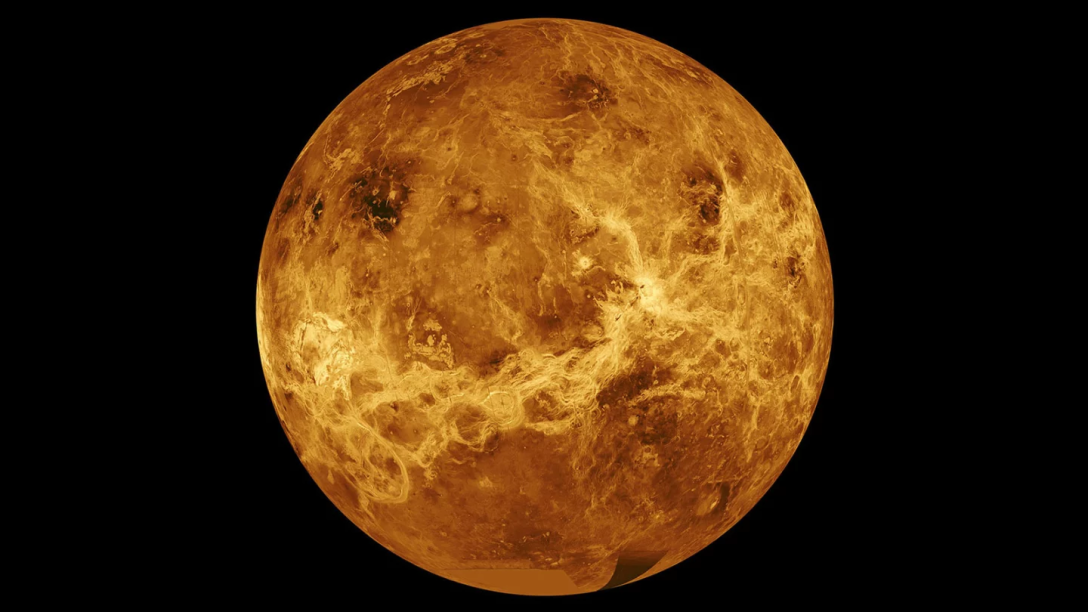Earth's evil twin: Venus is actually very different from what was previously thought (photo).
Venus is similar to Earth in size but is located closer to the Sun. Although the planet lies within the habitable zone of our star, it has never been habitable, according to new research. This means that life similar to that on Earth has never existed on this planet. This contradicts some theories that claimed Venus had Earth-like conditions and life billions of years ago. The study's findings were published in the journal Nature Astronomy, as reported by The Guardian.
The temperature on the surface of Venus rises above 460 degrees Celsius, which is hot enough to melt lead. The atmosphere of the second planet from the Sun is very thick and filled with sulfuric acid. Because Venus has a similar size to Earth, it is sometimes referred to as Earth's evil twin, as it is truly a hellish world. As the new research shows, this planet has always been that way, which crushes hopes for the existence of life on Venus, at least in the form we know it.

For a long time, some scientists believed that several billion years ago, Venus was more Earth-like, with lower temperatures and oceans of liquid water on its surface. Water is a necessary component for the emergence and sustenance of life similar to that on Earth. According to these theories, Venus changed when a very strong greenhouse effect developed, leading to the evaporation of all its oceans. There were also theories suggesting that the conditions on Venus have always been the same as they are now, and the planet has never been suitable for life. It seems the views of the authors of these theories have found support.
According to the researchers, billions of years ago, the surface of Venus was covered by a molten ocean of magma. If this magma had cooled quickly, water could have condensed, allowing oceans of liquid water to form on the planet's surface. This also implies that water within the magma would have undergone crystallization and remained in the planet's interior. During volcanic eruptions, water would have been released as vapor into the atmosphere.

It is now known that volcanic activity on Venus did not cease millions of years ago but is still ongoing. On Earth, volcanoes emit water vapor along with other substances into the atmosphere. Thus, a similar process must be occurring on Venus.
If the magma on Venus cooled slowly, all the water would have turned to vapor in the atmosphere, leaving none in the planet's interior. The research findings indicate that volcanoes do not emit water vapor into the atmosphere. Analysis of the chemical composition of the atmosphere revealed that there is very little water present. This means that Venus has never had oceans of liquid water, and its climate has always been extremely hot and inhospitable.

The authors of the study state that the results indicate Venus has not been suitable for life as we know it. However, it is possible that different forms of life could have existed on the planet, utilizing alternative chemical processes for their development. It cannot be ruled out that potential life on Venus may still exist within its thick clouds, but that would also be a completely different form of life.
All the data used in this study were obtained through probes that explored Venus. However, more recent data from advanced probes are needed to verify the scientists' conclusions. In the late 2020s, NASA will send the DaVinci probe to Venus, which will either confirm or refute the findings of this new research.